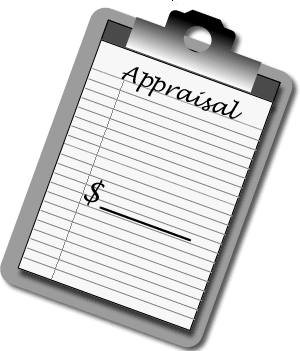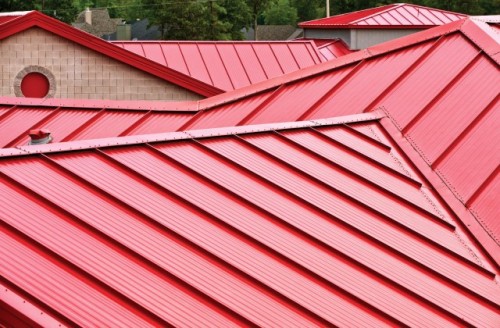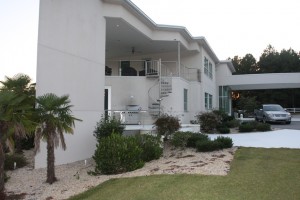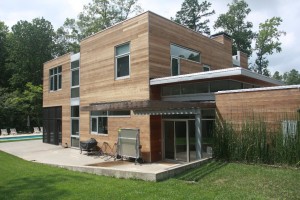 Where to begin? We’ve been working on financing for almost 9 months. I had hoped to be in a position to start construction early in 2013 and thought I had budgeted enough time and money to do this.
Where to begin? We’ve been working on financing for almost 9 months. I had hoped to be in a position to start construction early in 2013 and thought I had budgeted enough time and money to do this.
We’re not amateurs; we did a construction loan on our existing house and, without tooting my own horn that much – we’re pretty darn good credit risks if you believe all the score stuff. 😉 So what’s the deal?
A perfect storm of nonsense, that’s what.
- Banks are exceedingly paranoid about lending their money at low rates. Especially jumbo loans that might have to pass scrutiny and not get sold on the secondary market.
- Large banks, despite being some of the most “creative” when it came to financing and building up the subprime mortgage market, are excessively difficult to work with. And then have the nerve to talk to ME about how risk averse they are. Seriously? Does the word “robo-signing” mean anything to you?
- Banks seem to do less and less “bank” stuff, and instead – prefer to make money playing with other peoples’ money.
- Interest rates at historic lows means that banks have little interest in making 30 year mortgage commitments.
- Credit unions rock – I love mine – but they stopped doing construction loans about the time I needed one….
- Pair Modernist with Energy Efficient and the banks / appraisers don’t know what the heck to do with themselves.
- And the new rules designed to prevent the fraud that occurred a few years ago have effectively crippled the ability for “normal” (and qualified!) folks to get a loan.
Early in the process we started with one bank and (mistakenly) abandoned them when we got a poor appraisal. Instead of forging ahead and looking for options or other comps to work with this appraisal and get it to where we needed. we had another bank and went to them.
In our defense, the 2nd bank was promoting themselves as having an interest in community lending, and specifically, putting together a Modernist home loan program because their research indicated that Modernist homes – well designed and well loved – simply didn’t go to foreclosure. As I have mentioned previously, Triangle Modernist Houses is a force for Modernism in the area and were also trying to forge relationships with banks to help preserve our at risk homes in the area and have a modern-friendly bank that understood that while “simple” in design, usually a Modernist home is more costly than that of a home built for square footage.
After a process that I likened to a financial colonoscopy, we were approved. However, when the commitment letter arrived, it contained terms that were so impossible, we simply could not go forward. This was very disappointing in that we had spent so much time, and pretty much had had positive feedback all through the process.
Live and learn. So – we’re back and bank number one – and we DID learn something from the last experience – we are understanding the appraisal process and what we can and can’t do, who is and isn’t qualified, and how we can position ourselves for success.
Next post will discuss financing the energy efficient part. Another challenge. Heaven forbid you do anything “different”…







